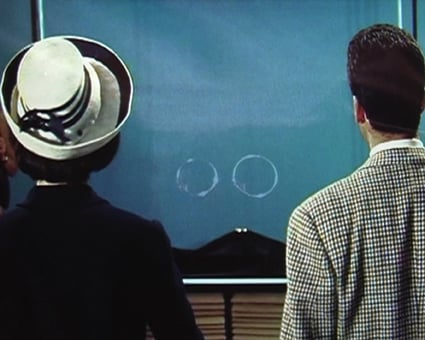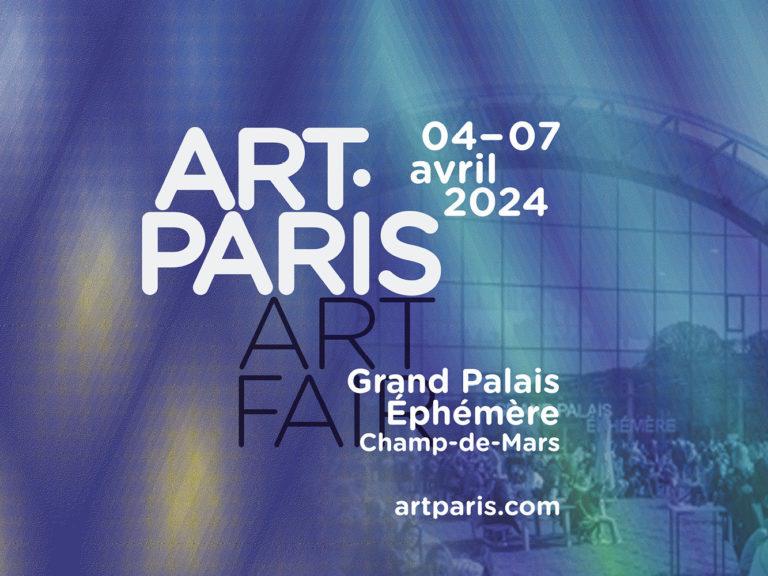Tarahi V
2007 - Film & Video (Film & Video)
7,36 min
Haris Epaminonda
Created from extracts of kitsch movies or Greek soap operas from the 1960s, these videos are like audiovisual ‘postcards’ reflecting a nostalgic and melancholic approach. The images have lost their context and original meaning to then be re-assembled, confronted to each other and superimposed with other elements, to reveal new sequences. The narration has disappeared from the sequences and the spectator waits in vain for something to happen. In “Tarahi V”, the saturated colors of the sequences collected from 1960 films seem to give a new life to the characters (the little girl in pink with her doll, the couple walking backwards, etc.) while the fireworks, superimposed throughout the film provide a disenchanting aspect to the whole scene. Recalling Hitchcock as well as René Magritte, “Tarahi V” presents a pending moment providing the shots and the characters with ghostly appearances. This feeling is reinforced by the piano arrangement creating tension throughout the whole sequence. The lighting, the colors and the particular rhythm of Haris Epaminonda’s films provide a strong radiant power. They are like traces of a fictionalized past permanently stuck in one’s memory. Haris Epaminonda’s films and collages belong to a fragmented art that questions the “in between”, a shifting moment leading to a new spatial and time-related sphere.
Epaminonda’s video works are based on re-shot excerpts of film and television footage – principally the Greek soap operas and kitsch romantic films fromthe 1960s that used to fill up Sunday afternoons in the artist’s Cypriot childhood –which she then subtly reworks. Sometimes local celebrities appear in her films, but, in contrast to the early works of Francesco Vezzoli or T.J. Wilcox, they don’t do so in order to emphasize a phantasmal communion with their constructed identities. The scenes that she chooses to work with are not instantly recognizable from the original narrative, so the culled images are effectively stripped of their initial meaning and context. These out-takes are then edited and adapted in a variety of ways: the film’s speed and direction are changed, sections are distorted, its colour is intensified, or a poignant soundtrack is added. Most significantly, she also superimposes footage to make surreal composites: an indoor scene, say, might also have traces of fireworks glimmering through it. While these are all common manipulation techniques of digital video, Epaminonda uses them with captivating sensibility. Extract by Dominic Eichler (Frieze 111). Haris Epaminonda was born in Cyprus in 1980. She lives and works in Berlin, Germany.
Colors:
Related works of genres: » video artists
» see more

© » KADIST
Joachim Koester
2006Physical and mental exploration have been founding elements in Joachim Koester’s research for several years...

© » KADIST
Sebastián Díaz Morales
2014In Suspension a young man is hanging in the air, falling, or perhaps drifting through time and space...

© » KADIST
Joachim Koester
2007Tarantism is the name of disease which appeared in southern Italy, resulting from the bite of a spider called Tarantula...
Other related works, blended automatically
» see more

© » KADIST
Haris Epaminonda
2012Haris Epaminonda’s work questions the manipulation and the flow of images as well as their power of fascination...
Related works sharing similar palette
» see more
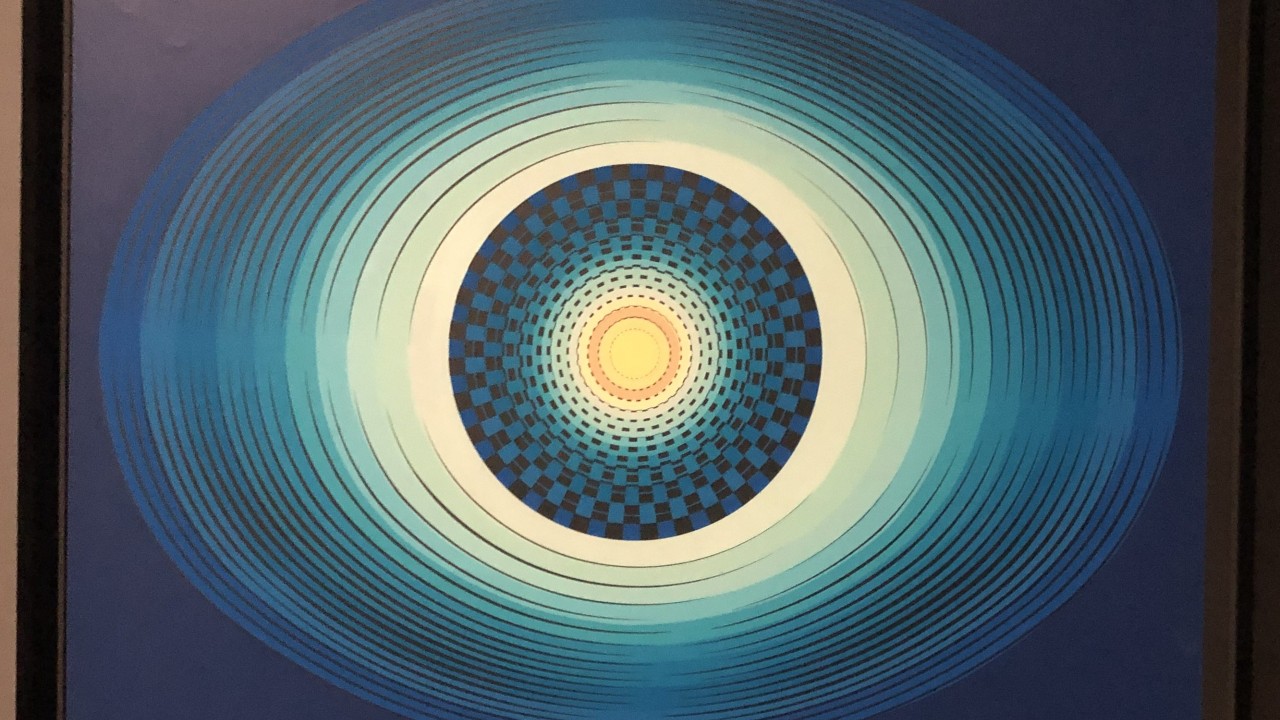
© » SOUTH CHINA MORNING POST
Does new M+ exhibition based on East Asian ink landscape paintings go too far or not far enough? | South China Morning Post Advertisement Advertisement Art + FOLLOW Get more with my NEWS A personalised news feed of stories that matter to you Learn more “(All is) non-hierarchical” (2022), a ceramic sculpture by Macanese artist Heidi Lau, at “Shanshui: Echoes and Signals”, the new exhibition at Hong Kong’s M+ museum of visual culture based on East Asian ink landscape paintings...

© » KADIST
Runo Lagomarsino
2020Yo también soy humo (I am also smoke) is a 16mm film that has been digitized to video...
Other works by: » Haris Epaminonda
» see more

© » KADIST
Haris Epaminonda
2012Haris Epaminonda’s work questions the manipulation and the flow of images as well as their power of fascination...

© » KADIST
Haris Epaminonda
2007Haris Epaminonda’s work questions the manipulation and the flow of images as well as their power of fascination...
Related artist(s) to: Haris Epaminonda » Daniel Gustav Cramer, » Berlin Biennale, » Lara Favaretto, » Malmö Konsthall, » Maria Papadimitriou, » Olivia Plender, » Point Centre, » Abu Dhabi, » Adrian Paci, » Agnes Janich
» see more

© » KADIST
Daniel Gustav Cramer
2020David Gustav Cramer’s are composed of simple, descriptive texts accompanied by found photographs, letters or other materials...
Related works found in the same semantic group
» see more

© » KADIST
Julien Crépieux
2012Julien Crépieux is interested in the medium of video and its confrontation with cinema...
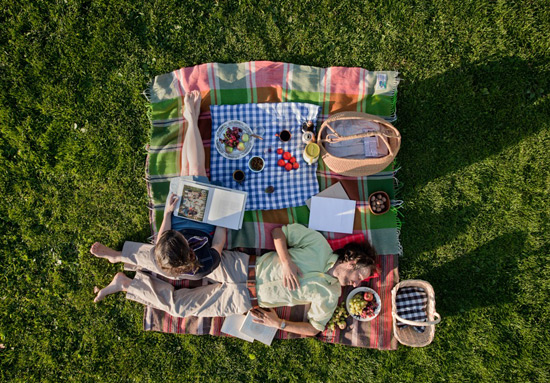
© » KADIST
Futurefarmers
2012In 2011-12 the San Francisco-based collective Futurefarmers staged a 10-part series of conversations and collaborations with scientists, theorist, and philosophers inspired by Charles and Ray Eames’s film, Powers of Ten (1977)...
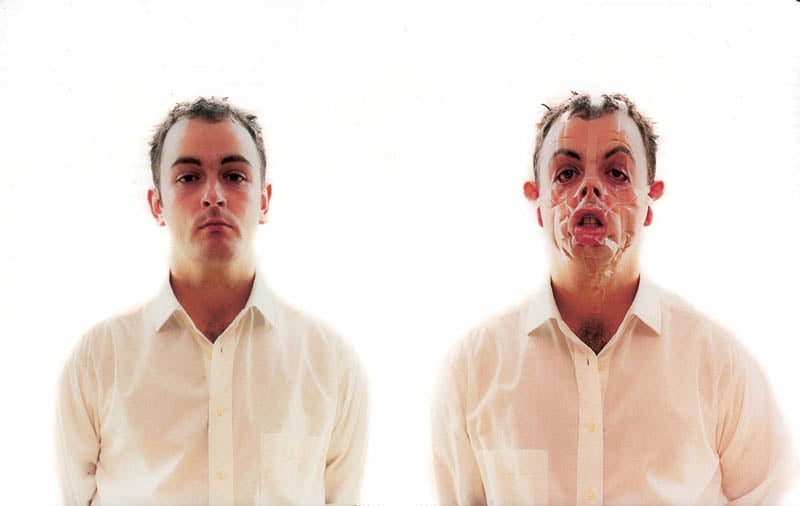
© » KADIST
Douglas Gordon
1996In Monster (1996-97), the artist’s face becomes grotesque through the application of strips of transparent adhesive tape, typical of Gordon’s performance-based films that often depict his own body in action...
